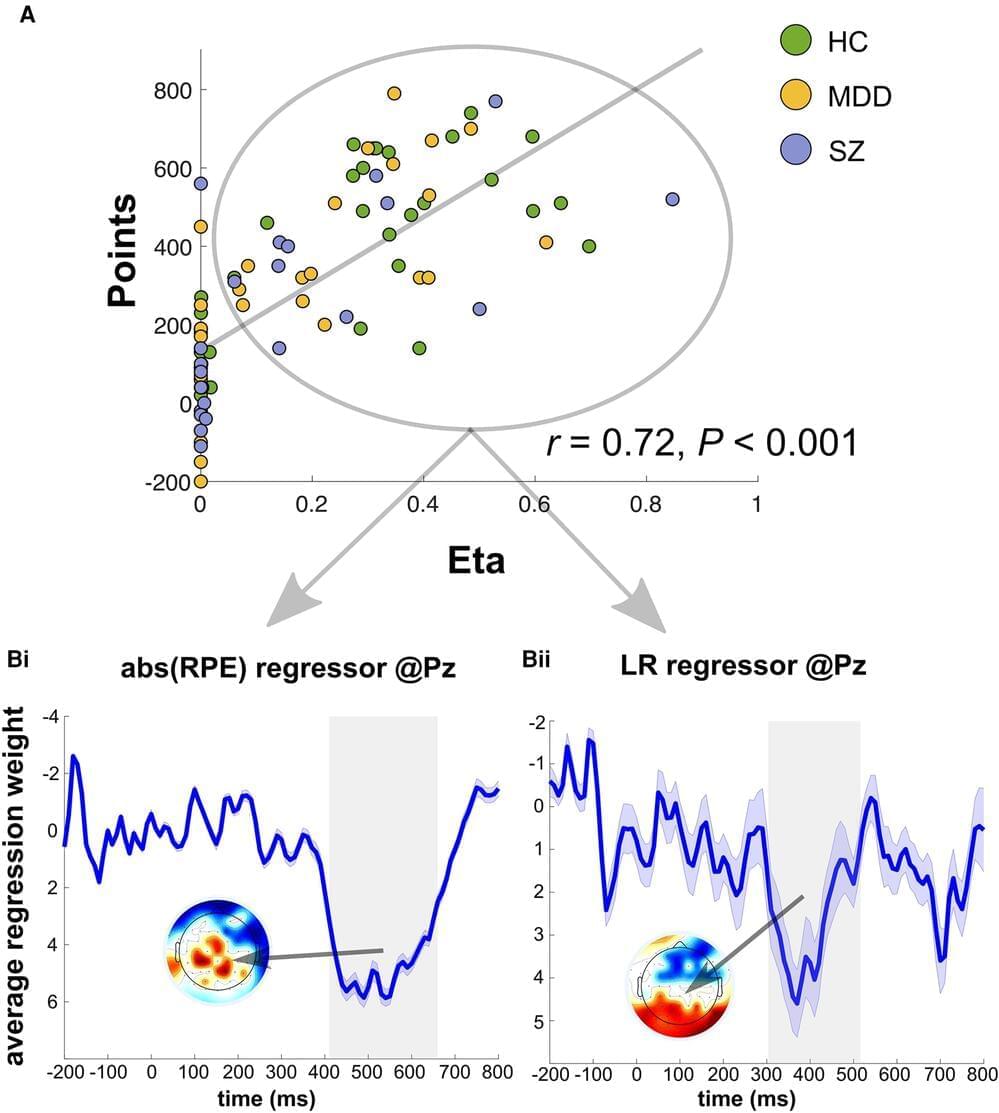Solid-state qubits: Forget about being clean, embrace mess, says a new recipe for dense arrays of qubits with long lifetimes.
New findings debunk previous wisdom that solid-state qubits need to be super dilute in an ultra-clean material to achieve long lifetimes. Instead, cram lots of rare-earth ions into a crystal and some will form pairs that act as highly coherent qubits, shows a paper in Nature Physics.
Clean lines and minimalism, or vintage shabby chic? It turns out that the same trends that occupy the world of interior design are important when it comes to designing the building blocks of quantum computers.



